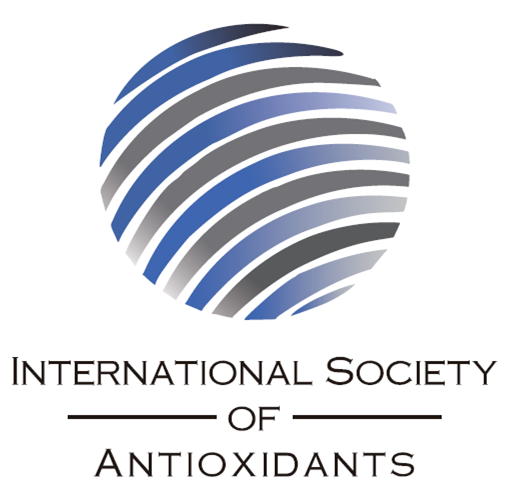News
"Pyranoanthocyanins as novel food colorants" during Polyphenols 2014 World Congress in Lisbon next June 2014
 Dr. Fabian Weber from University of Bonn, Germany will present his work. Pyranoanthocyanins are pigments primarily occurring in processed fruit products like juices and wines.
Dr. Fabian Weber from University of Bonn, Germany will present his work. Pyranoanthocyanins are pigments primarily occurring in processed fruit products like juices and wines.
They are formed by the reaction of genuine anthocyanins and several compounds such as pyruvic acid or vinylphenols. The latter are microbial conversion products of hydroxycinnamic acids, e.g., p-coumaric and ferulic acids, formed by decarboxylase-positive Lactobacillus species. Pyranoanthocyanins are of particular interest in food technology because they show increased color stability compared to anthocyanins and exhibit a broad spectrum of color tonalities, rendering them attractive candidates for the application as food colorants.
Daily polyphenols intake from fresh fruits in Portugal

During the Polyphenols 2014 World Congress in Lisbon next June 2014, Pr. Claudia Santos from Instituto de Biologia Experimental e Tecnologica, Portugal will propose her work based on "Overview on Daily polyphenols intake from fresh fruits, in particular berries. Effects of berries metabolites on brain."
Despite the well know epidemiological associations between polyphenols and health, the effective polyphenol metabolites and their mechanism of action in human organism is still fairly unknown. Studying the biological mechanisms by which dietary poplyphenols exert an impact in human health requires the knowledge about polyphenols intake, tissue bioavailability, metabolism and bioactivities.
A short-cut to comprehensive health benefits of dietary polyphenols: the nitrate-nitrite-nitric oxide pathway
 During Polyphenols 2014 World Congress in Lisbon next June 2014, Pr. João Laranjinha from University of Coimbra, Portugal will discuss about "A short-cut to comprehensive health benefits of dietary polyphenols: the nitrate-nitrite-nitric oxide pathway"
During Polyphenols 2014 World Congress in Lisbon next June 2014, Pr. João Laranjinha from University of Coimbra, Portugal will discuss about "A short-cut to comprehensive health benefits of dietary polyphenols: the nitrate-nitrite-nitric oxide pathway"
Polyphenols and Taste: Activation of Distinct Human Bitter Taste Receptors
 Several healthy properties have been associated to polyphenol compounds. However, some of them are known to have a bitter taste and people avoid their intake. Polyphenols bitterness is usually assessed by sensory analysis but the available data are rather inconsistent.In the work presented by Dr Susana Soares during Lisbon Polyphenols 2014, bitterness of six polyphenol compounds present in a wide range of plant-derived foods/beverages was analyzed by activation of the human bitter taste receptors, TAS2Rs.
Several healthy properties have been associated to polyphenol compounds. However, some of them are known to have a bitter taste and people avoid their intake. Polyphenols bitterness is usually assessed by sensory analysis but the available data are rather inconsistent.In the work presented by Dr Susana Soares during Lisbon Polyphenols 2014, bitterness of six polyphenol compounds present in a wide range of plant-derived foods/beverages was analyzed by activation of the human bitter taste receptors, TAS2Rs.
Encapsulation modulates the bioavailability of anthocyanins and their degradation products
 Pr. Elke Richling from Kaiserslautern Technical University, Germany will talk about Encapsulation modulates the bioavailability of anthocyanins and their degradation products during Polyphenols 2014 World Congress in Lisbon next June 2014.
Pr. Elke Richling from Kaiserslautern Technical University, Germany will talk about Encapsulation modulates the bioavailability of anthocyanins and their degradation products during Polyphenols 2014 World Congress in Lisbon next June 2014.
Anthocyanins are responsible for attractive color of red fruits and are attributed with beneficial effects. Especially bilberries have a broad spectrum of anthocyanins. For the described biological mechanisms, the bioavailability of anthocyanins at the site of absorption has a crucial importance.
More Articles...
- Regular consumption of a pomegranate and grape juice improves oxidative status and causes metabolome changes in healthy adults
- The science behind pomegranates will be showcased during Polyphenols 2014 by Pr. M. Aviram
- Non-extractable polyphenols or macroantioxidants: Recent Advances and Perspectives
- Biorefinery concept with green solvents towards the phenolic valorization




